
10 Q
KG - 7th

10 Q
KG

15 Q
KG - 2nd

12 Q
KG - Uni

15 Q
KG - Uni
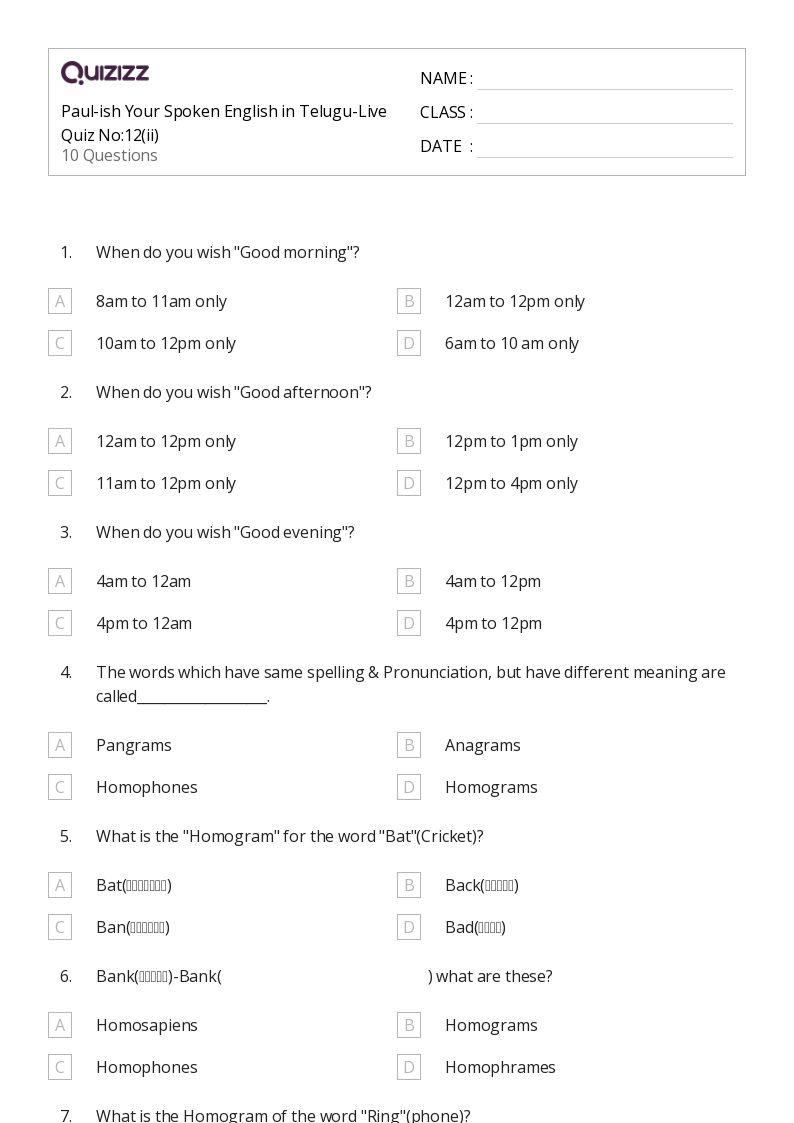
10 Q
KG - 6th

30 Q
KG - 3rd

2 Q
KG - 3rd

10 Q
KG - 12th

11 Q
KG - Uni

9 Q
KG - 12th

10 Q
KG - Uni

12 Q
KG - 2nd

15 Q
KG

20 Q
KG - 6th

20 Q
KG

5 Q
KG - Uni

15 Q
KG - 2nd

14 Q
KG - Uni
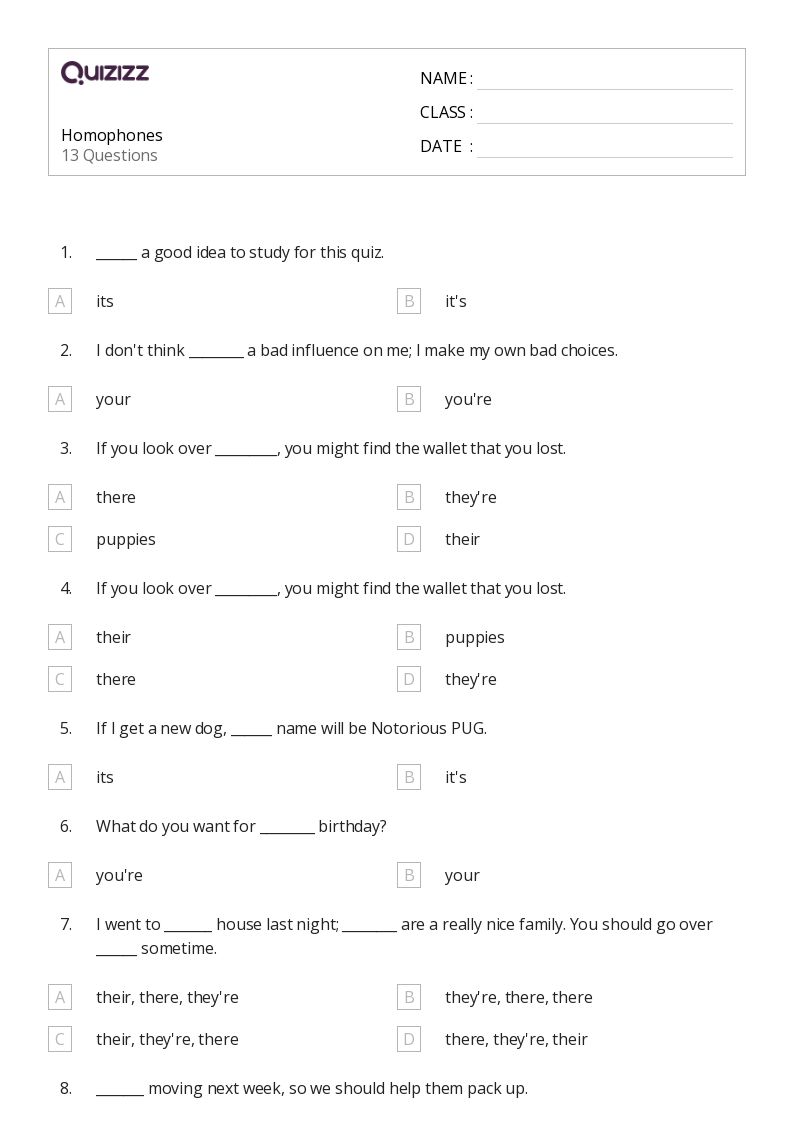
13 Q
KG - Uni
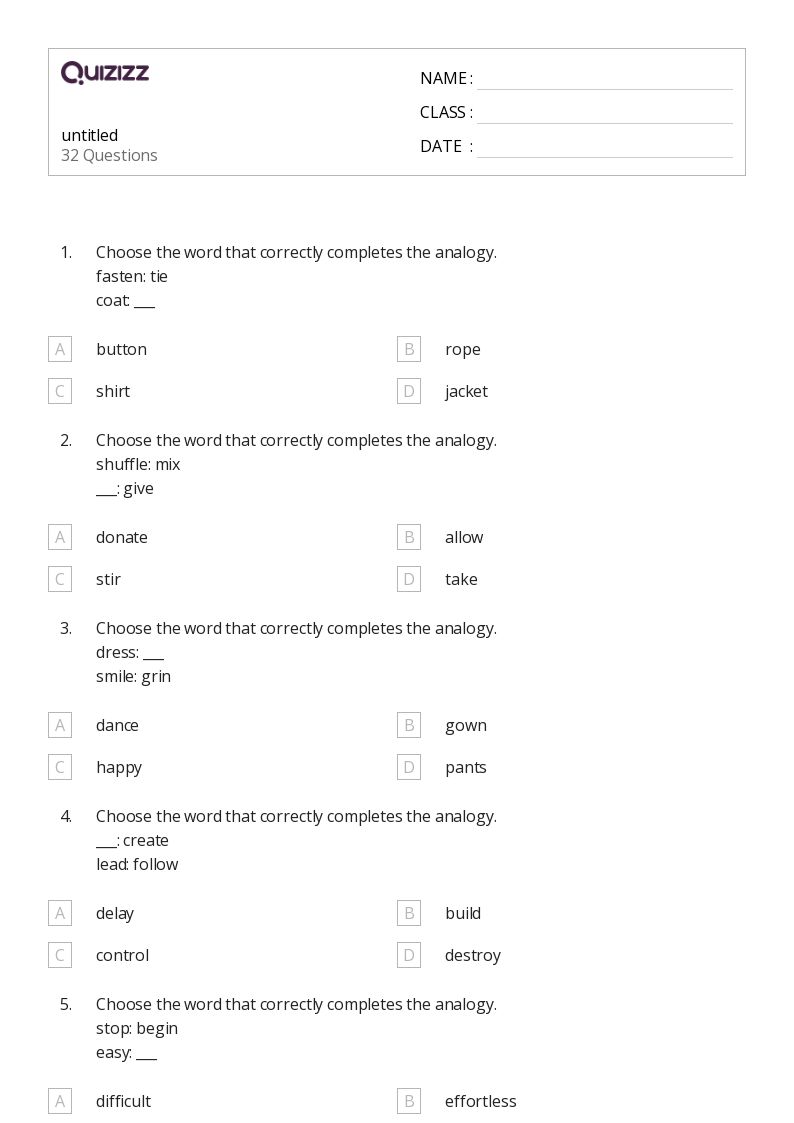
32 Q
KG - Uni

20 Q
KG - Uni
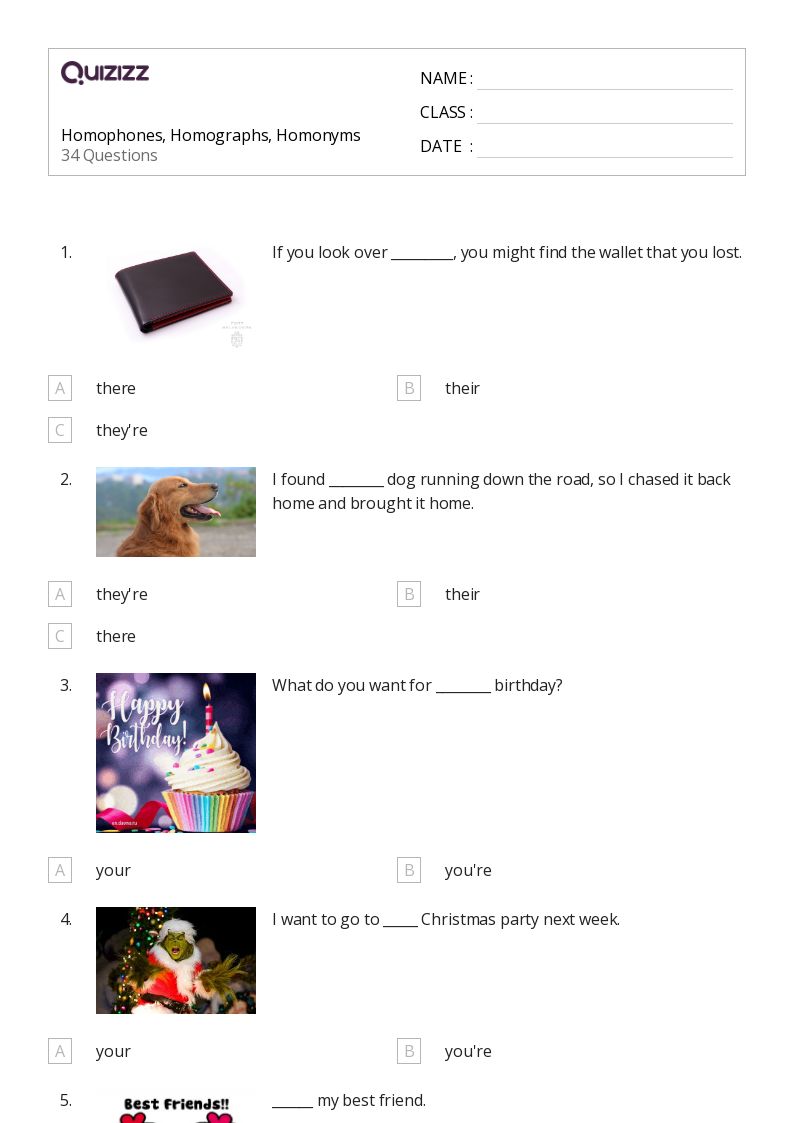
34 Q
KG - Uni
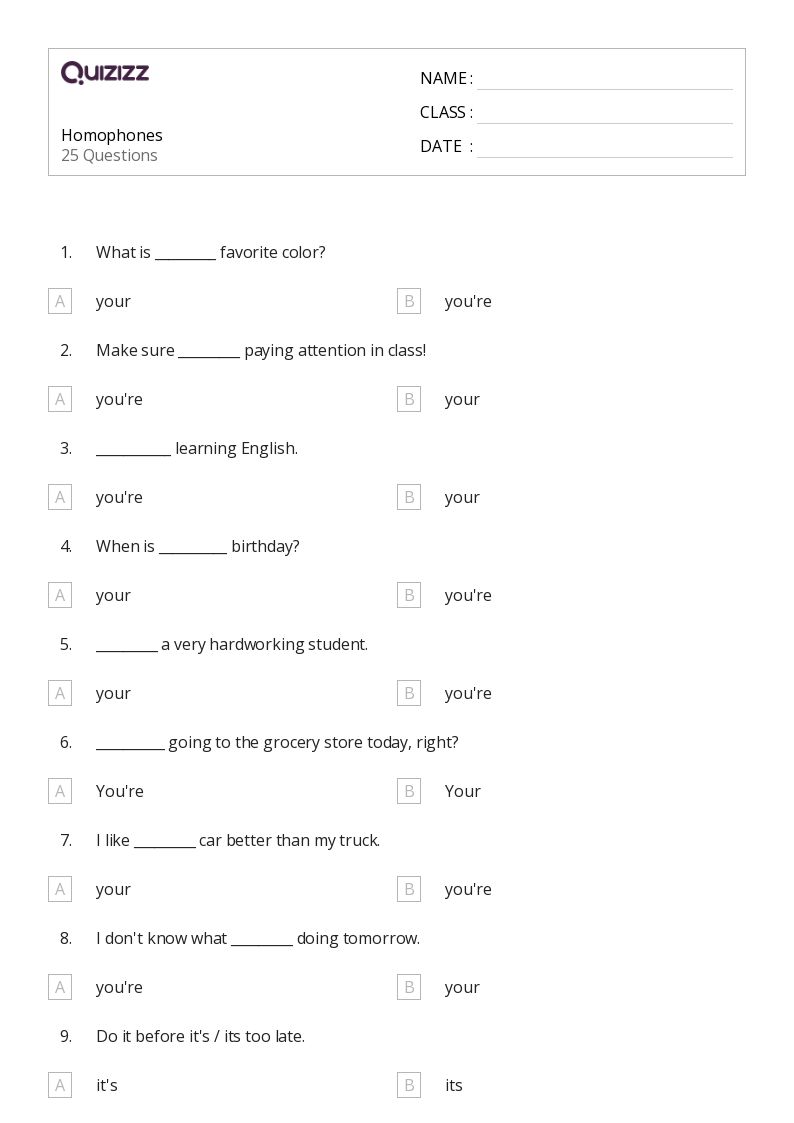
25 Q
KG - 7th
Explore Homophones and Homographs Worksheets by Grades
Explore Other Subject Worksheets for kindergarten
Browse resources by Grade
Explore printable Homophones and Homographs worksheets for Kindergarten
Homophones and Homographs worksheets for Kindergarten are essential tools for teachers to help young students develop their reading, writing, grammar, language, and vocabulary skills. These worksheets provide engaging and interactive activities that focus on understanding the differences between homophones (words that sound the same but have different meanings and spellings) and homographs (words that are spelled the same but have different meanings and pronunciations). By incorporating these worksheets into their lesson plans, teachers can create a solid foundation for their students' language development and help them build their vocabulary. Furthermore, these worksheets can be easily adapted to suit various learning styles, making them an invaluable resource for any kindergarten classroom.
In addition to Homophones and Homographs worksheets for Kindergarten, teachers can also utilize Quizizz, an online platform that offers a wide range of educational resources, including quizzes, games, and interactive lessons. Quizizz allows teachers to create customized quizzes and activities that align with their curriculum, making it an excellent supplement to traditional worksheets. With Quizizz, students can practice their reading, writing, grammar, language, and vocabulary skills in a fun and engaging way, while teachers can monitor their progress and provide targeted feedback. By incorporating Quizizz into their teaching strategies, educators can create a dynamic and interactive learning environment that fosters growth and development in their kindergarten students.
